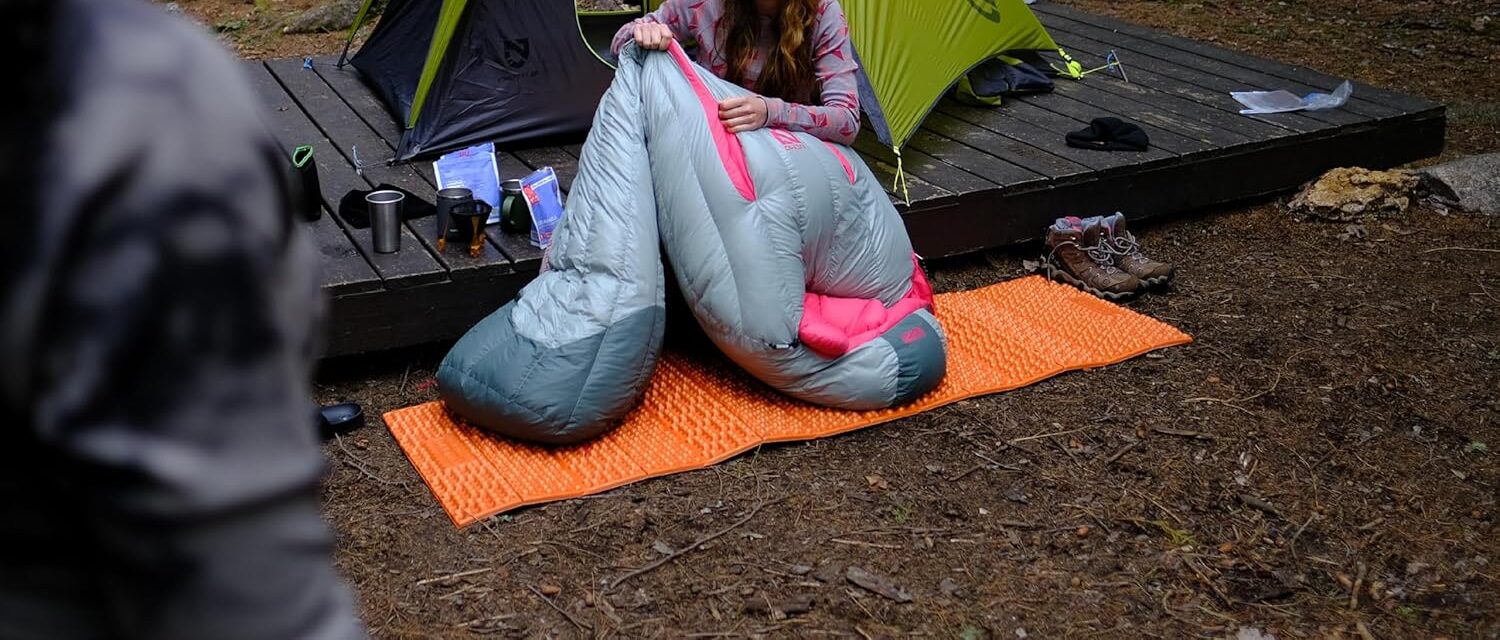<script type="text/javascript" src="http://classic.avantlink.com/affiliate_app_confirm.php?mode=js&authResponse=c4e13e1b9b5acdedad16d533a16f7bf0c234d607"></script>
<script type="text/javascript" src="http://classic.avantlink.com/affiliate_app_confirm.php?mode=js&authResponse=c4e13e1b9b5acdedad16d533a16f7bf0c234d607"></script>

A good sleeping pad is essential for comfort, insulation, and quality sleep during outdoor adventures. The two main types—inflatable and foam sleeping pads—each offer unique benefits and drawbacks.
In this guide, we’ll compare inflatable vs. foam sleeping pads, covering comfort, weight, durability, insulation, and price to help you choose the best one for your needs. If you’re looking for top-rated options, check out our Best Sleeping Pads of 2025 for expert recommendations.

Inflatable pads use air chambers to provide cushioning and insulation.
🔹 Best for comfort: Backpackers and campers who prioritize cushioning and warmth.
👉 Recommended Inflatable Pad: Therm-a-Rest NeoAir Xlite NXT – Ultralight, warm, and comfortable for all seasons.

Foam pads are solid, closed-cell foam mats that provide basic cushioning and insulation.
🔹 Best for durability: Hikers needing a reliable, low-maintenance pad.
👉 Pairs well with: How R-Value Affects Sleeping Pad Warmth to learn more about insulation.
👉 Recommended Foam Pad: Nemo Switchback – Compact, lightweight, and great for backpacking.
| Feature | Inflatable Sleeping Pads | Foam Sleeping Pads |
|---|---|---|
| Comfort | ✅ Superior cushioning, adjustable firmness | ❌ Firm, less cushioning |
| Weight | ✅ Ultralight options available | ✅ Lightweight but bulkier |
| Durability | ❌ Can puncture, requires care | ✅ Extremely durable, no leaks |
| Insulation (R-Value) | ✅ Higher R-values for cold weather | ❌ Lower insulation, not ideal for winter |
| Setup & Convenience | ❌ Requires inflation | ✅ No setup, ready to use |
| Packability | ✅ Compresses small for easy storage | ❌ Bulkier, harder to pack |
| Price | ❌ More expensive | ✅ Budget-friendly |
🔹 Best for packability: Inflatable pads take up less space in a backpack.
👉 Pairs well with: Best Sleeping Bags for Winter Camping for maximum warmth.
👉 Pairs well with: Best Ultralight Backpacks for a minimal gear setup.
🔹 Best for longevity: Proper storage and maintenance extend your pad’s lifespan.
Which sleeping pad is better for side sleepers?
Do foam sleeping pads provide enough insulation?
Are inflatable sleeping pads worth it?
How do I prevent my sleeping pad from slipping on the tent floor?
Can I use both types together?
Both inflatable and foam sleeping pads have unique advantages, making the best choice dependent on your camping style and needs.
Looking for the best sleeping pads for your next trip? Check out our Best Sleeping Pads of 2025 for expert recommendations!